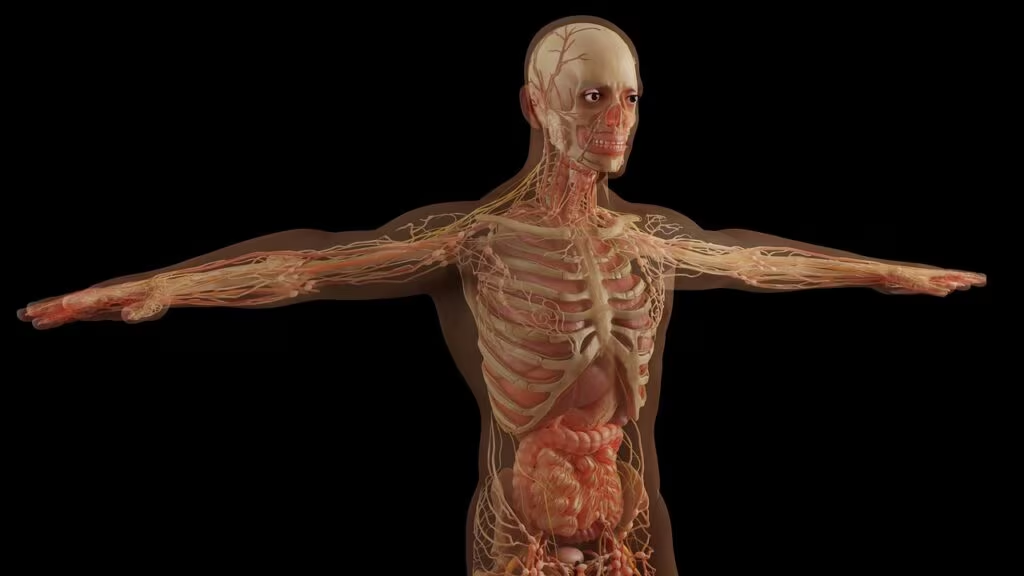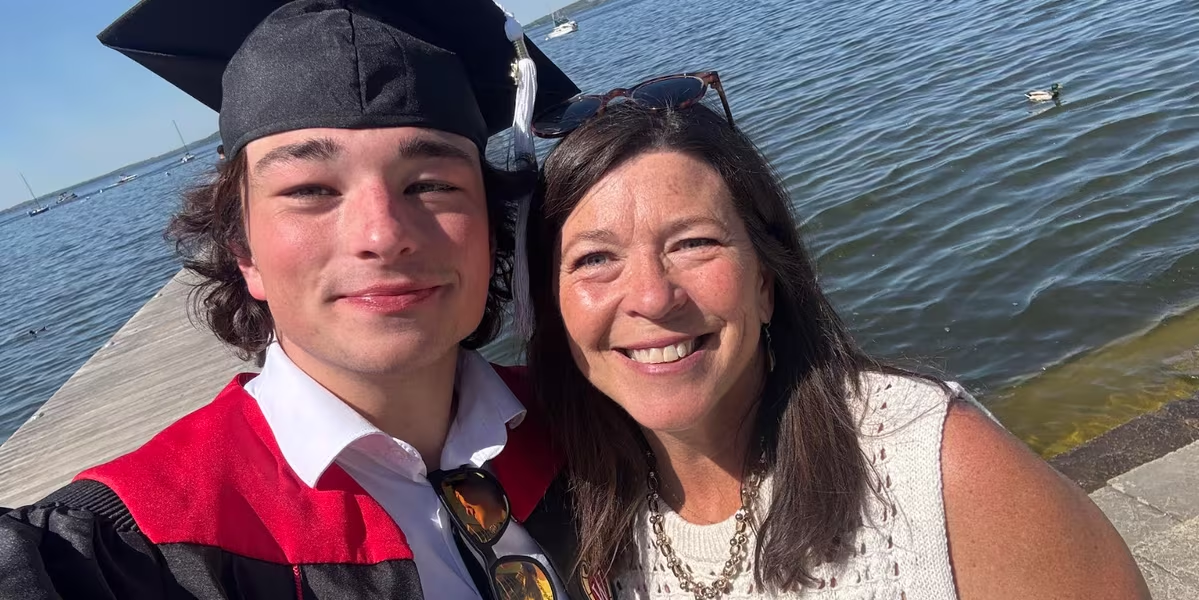The Casual Remark That Led to a Diagnosis of Retrograde Cricopharyngeus Dysfunction
For many, burping is a minor, sometimes embarrassing, bodily function that provides immediate relief from swallowed air or gas buildup. But for a significant number of people, the inability to perform this simple act leads to chronic, debilitating discomfort. This was the reality for Gavin, a 17-year-old, whose casual remark at the dinner table—”You know what? I never burp”—prompted his parent to investigate a symptom that seemed harmless but revealed a treatable medical condition.
After searching for the cause of this lifelong inability to burp, the parent discovered a condition increasingly recognized by specialists: Retrograde Cricopharyngeus Dysfunction (R-CPD), often colloquially termed “No Burp Syndrome.”
R-CPD is not merely a quirk; it is a physiological malfunction that prevents the release of gas trapped in the esophagus and stomach, leading to a host of painful and socially disruptive symptoms.
Understanding R-CPD: The Mechanism Behind ‘No Burp Syndrome’
R-CPD occurs when the cricopharyngeus muscle, a ring of muscle located at the top of the esophagus (known as the upper esophageal sphincter), fails to relax properly. Normally, this muscle opens to allow food to pass into the stomach and relaxes briefly in reverse to allow gas to escape as a burp (eructation).
In individuals with R-CPD, this muscle remains tightly constricted, acting like a one-way valve that only allows passage downward. The gas, unable to escape through the mouth, builds up, causing severe internal pressure and discomfort.
Key Symptoms of R-CPD
The symptoms associated with R-CPD typically begin in childhood or adolescence and worsen over time. They are often misdiagnosed as irritable bowel syndrome (IBS), acid reflux, or general anxiety due to their vague nature. The most common indicators include:
- Complete inability to burp: This is the defining symptom, present since birth or early childhood.
- Severe and chronic bloating: Gas accumulation causes the abdomen to distend, often making clothes uncomfortable, particularly later in the day.
- Loud gurgling noises: Distinctive, often embarrassing sounds emanating from the chest or throat as the trapped gas attempts to escape but is blocked by the tight cricopharyngeus muscle.
- Excessive flatulence: The only way for the body to relieve the trapped gas is by passing it through the digestive tract.
- Abdominal pain and discomfort: Caused by the constant pressure of trapped gas.

The Journey to Diagnosis and Specialized Care
For many years, R-CPD was not formally recognized in medical literature, leading patients like Gavin to believe their symptoms were unique or psychological. The condition gained significant recognition largely through the work of specialists who identified the consistent pattern of symptoms and the specific muscular failure.
Diagnosis is typically clinical, based primarily on the patient’s history of symptoms, particularly the lifelong inability to burp combined with the characteristic gurgling sounds and bloating. Unlike many gastrointestinal issues, R-CPD often presents with normal results on standard tests like endoscopy or pH monitoring, which focus on the lower esophagus and stomach.
The Effective Treatment: Botox Injection
Fortunately, R-CPD is highly treatable. The standard and most effective intervention involves a minimally invasive procedure utilizing Botox (botulinum toxin).
- The Procedure: Under general anesthesia, a specialist (usually an otolaryngologist or laryngologist) uses an endoscope to precisely locate the cricopharyngeus muscle.
- The Injection: A small dose of Botox is injected directly into the muscle. Botox acts as a temporary paralytic, forcing the muscle to relax.
- The Result: With the muscle relaxed, the patient is finally able to release the trapped gas, often resulting in the ability to burp for the first time in their life.

While the effects of Botox are temporary (lasting typically three to six months), the procedure often provides a permanent solution. The theory is that the temporary relaxation allows the patient to learn the motor skill of burping, retraining the muscle to relax on its own even after the Botox wears off. Many patients require only a single treatment to achieve lasting relief.
Implications for Quality of Life
The impact of R-CPD extends far beyond physical discomfort. Chronic bloating and the loud, uncontrollable gurgling noises can lead to significant social anxiety and avoidance behaviors. Teenagers and adults often restrict their diets, avoid carbonated drinks, and limit social activities, particularly those involving food or quiet environments, to manage the symptoms.
For individuals like Gavin, receiving a proper diagnosis and treatment means not only relief from physical pain but also a dramatic improvement in their quality of life, allowing them to participate fully in social settings without the constant worry of painful bloating or embarrassing noises.

Key Takeaways for Patients and Families
If you or a loved one experiences the inability to burp combined with chronic bloating and gurgling, R-CPD is a strong possibility. Understanding this condition is the first step toward effective treatment.
- R-CPD is Real: The condition is a recognized physiological disorder, not a psychological issue or a mere digestive sensitivity.
- Defining Symptom: The complete, lifelong inability to burp is the critical indicator.
- Seek Specialists: General practitioners or standard gastroenterologists may not be familiar with R-CPD. Seek out an otolaryngologist (ear, nose, and throat specialist), particularly one specializing in voice and swallowing disorders.
- Treatment is Effective: The Botox injection procedure offers a high success rate, often providing immediate and lasting relief after one treatment.
Conclusion
The story of Gavin highlights how seemingly minor bodily functions, when impaired, can signal a significant underlying medical issue. The parent’s decision to research the symptom transformed a source of chronic, unexplained discomfort into a clear, treatable diagnosis. For those suffering from the symptoms of R-CPD, the increasing awareness within the medical community means that relief is now readily accessible through specialized care, offering a path to a life free from constant gas pressure and social anxiety.
Original author: Gretchen Scherer
Originally published: November 22, 2025
Editorial note: Our team reviewed and enhanced this coverage with AI-assisted tools and human editing to add helpful context while preserving verified facts and quotations from the original source.
We encourage you to consult the publisher above for the complete report and to reach out if you spot inaccuracies or compliance concerns.

